Quick Summary:
Transfer customer engagement and unlock data-driven insights across your teams. This comprehensive salesforce implementation guide gives you the blueprint to salesforce success through meticulous planning, customized configuration, role-based training, phased rollout & delight governance. Let’s examine the roadmap for elevating customer experiences with the world’s #1 CRM platform.
In this blog, we’re going to discuss📝
- Crucial Approach for Successful Salesforce Implementation
- Questions to Ask Before Salesforce Implementation
- Salesforce Implementation Strategy – Which One to Choose?
- Salesforce Implementation – Benefits & Limitations
- Challenges In Salesforce Implementation
- How Long Does Salesforce Implementation Take?
- Cost Of Salesforce Implementation Services?
- Salesforce Implementation Best Practices
Managing customer relationships is harder than ever, as customers expect customized experiences, rapid responses, and consistent interaction at every point at every project milestone. How are you supposed to connect sales, marketing, and more services and deliver seamless customer experience?
Salesforce is the best CRM platform that 1,50,000+ companies trust. Salesforce centralizes your customer data, standardizes your processes, and infuses insight across teams. However, realizing this vision requires careful planning and execution. This guide will walk you through the step-by-step process of implementing Salesforce, from assembling your team to configuring the platform to training users for maximum adoption.
In this salesforce implementation guide You’ll learn how to customize Salesforce to your exact business needs, migrate data seamlessly, and choose the right combination of add-ons and integrations. Whether you’re looking to boost sales productivity, raise customer satisfaction scores, or gain more visibility into performance.
This holistic Salesforce implementation guide navigates challenges, employs Salesforce security best practices to ensure a successful and strategic implementation journey. Join us in the process, unraveling the complexities to empower you with the knowledge needed to sculpt Salesforce into a tailored solution that not only meets but exceeds your business goals. Let’s begin with the salesforce implementation checklist for successful salesforce implementation.
Crucial Approach for Successful Salesforce Implementation
The Successful Salesforce implementation requires a crucial approach that blends strategic vision, dedicated teamwork, and technical finesse. But during this Salesforce implementation process, you might face questions such as what the SFDC implementation timeline is .Or what can be the required project plan for the salesforce implementation plan? This sfdc implementation guide reveals key insights and practices, ensuring a seamless journey toward optimizing salesforce implementation services potential for your organization’s success.
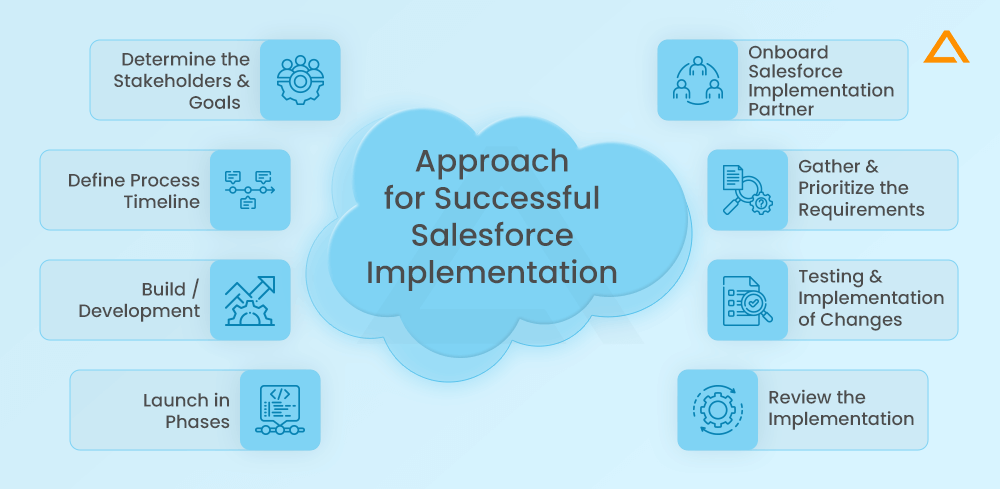
Determine the Stakeholders & Goals
For a successful salesforce implementation, begin with identifying key stakeholders and define the clear objectives. These foundational steps align with the implementation with organizational goals, ensuring a strategic and purpose-driven approach.
Onboard Salesforce Implementation Partner
Engage a trusted Salesforce implementation partner to navigate the complexities. A seasoned Salesforce implementation company brings expertise, streamlining the process and optimizing Salesforce’s potential for your unique needs.
Define Process Timeline
Build a detailed salesforce implementation timeline to map the entire sfdc implementation journey. Set milestones aligned with business objectives, leveraging sfdc implementation services to ensure a smooth and timely execution.
Gather & Prioritize the Requirements
Collaborate with stakeholders to gather and prioritize requirements. Apply Salesforce implementation best practices to ensure that your unique business requirements are met, laying the groundwork for a tailored Salesforce implementation instance
Build / Development
Enter the development phase, utilizing Salesforce implementation expertise to customize the platform. Leverage the skills of a Salesforce implementation consultant to build robust solutions, aligning Salesforce with your organizational processes.
Testing & Implementation of Changes
Rigorous testing ensures the integrity of implemented changes. Utilize Salesforce implementation guides to streamline testing, identifying and rectifying issues before the final implementation phase.
Launch in Phases
Opt for a phased launch strategy to mitigate risks and facilitate smoother transitions. Salesforce implementation services guide a systematic roll-out, ensuring that each phase aligns with business goals and user adaptability.
Review the Implementation
Post-implementation, conduct a comprehensive review to assess performance. Engage in Salesforce implementation strategy discussions, identifying areas for improvement and ensuring continued alignment with evolving business needs.
Now that we have covered all the important salesforce implementation checklist, let’s focus on critical questions you need answers to before moving forward with implementation.
Carefully considering the following key questions will help reveal any gaps in your current plans and assumptions, point out additional requirements you may have overlooked, and ultimately set your Salesforce implementation up for success from the start.
Making the effort to thoroughly evaluate each question will allow you to anticipate and address potential pitfalls proactively. As legendary business management consultant Peter Drucker said, “There is nothing so useless as doing efficiently that which should not be done at all.”
Questions to Ask Before Salesforce Implementation
These are some of the questions that you should ask before salesforce implementation. Here are the few of the important queries that you should ask before moving with your salesforce implementation plan.

1. What Methods can be Used to Identify My Business Goals Effectively?
Identifying business goals effectively involves a collaborative approach, engaging stakeholders, conducting market research, and aligning objectives with the organization’s core values. This ensures a comprehensive understanding of what the business aims to achieve, setting the stage for strategic Salesforce implementation.
Here we have provided few popular questions that will help you to identify your business goals
- What are your short-term and long-term targets?
- How will salesforce help you achieve the desired milestone?
- How does the salesforce introduction impact the corporate process?
- Which features & configurations are important in Salesforce to achieve your goals efficiently?
2. How can I Conduct a Thorough Analysis of My Existing Frameworks?
Conducting a thorough analysis of existing frameworks requires evaluating current processes, identifying inefficiencies, and assessing the compatibility of systems. This involves scrutinizing workflows, data structures, and integration points, providing insights for strategic improvements.
- Which tools & systems are you currently using?
- How does Salesforce integration align with your existing framework?
- Which tasks necessitate updates to align with Salesforce functionality?
- What considerations or challenges are associated with data migration during the Salesforce implementation process?
3. In What Manner Should I Assess and Evaluate Customization Needs?
To assess and evaluate customization needs, a methodical approach is crucial. This involves understanding business processes, collaborating with stakeholders to gather requirements, and aligning customization with strategic goals. Prioritizing needs based on impact and feasibility ensures a tailored and effective Salesforce implementation.
- Is there any need for customization in Salesforce?
- Which other system integration is required to enhance the salesforce functionality?
- Which APIs can play a critical role in achieving integration objectives?
- What is the plan for data consistency in salesforce implementation?
4. What Steps are Involved in Defining User Roles Comprehensively?
Defining user roles comprehensively requires a meticulous examination of job responsibilities, understanding user workflows, and aligning roles with business processes. This involves collaborating with various departments, conducting role-based access assessments, and creating a hierarchical structure that ensures optimal efficiency, security, and user satisfaction within the Salesforce ecosystem
- What departments and roles will leverage Salesforce? Clarify which teams like sales, marketing, service, finance, etc. will be users.
- What core functionality and data does each user group need to execute their daily responsibilities? Identify must-have use cases per role.
- How will you configure user profiles, permission sets, and sharing rules to control data access and system capabilities based on role?
- What specialized training and support will you provide to ensure adoption across the diverse user base? How will you onboard and assist distinct roles like sales reps, service agents, marketers, and administrators?
Salesforce Implementation Strategy – Which One to Choose?
Let’s continue after discussing some crucial topics before configuring Salesforce. In what manner is Salesforce best implemented? There isn’t a universal solution, unfortunately. Choosing the best strategy for your company will rely on what you need and want. Budget, integration, and customization preferences are also considered. Let’s examine the primary Salesforce implementation types to assist you in making a choice. You’ll be better able to make an informed decision thanks to this.
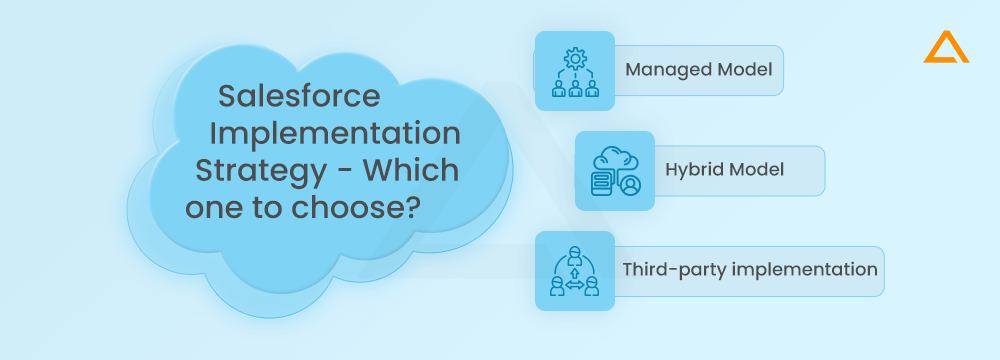
Managed Model
Overview Your company implements Salesforce internally under the Managed Model. Internal personnel like developers and administrators handle salesforce configuration, customization, and deployment.
Think about this If your company can manage the project’s needs and has an internal team with expertise and experience, and if you want total control over the implementation process, go with the Managed Model.
Hybrid Model
Overview the Hybrid Model integrates internal and external resources to streamline Salesforce installation. Internal teams are usually used for certain implementation activities, while external consultants or specialists are brought in to handle specialized knowledge or tasks.
Think about this If your company has a combination of internal and external knowledge, go with the hybrid model. This will let you leverage the capabilities of your staff and have access to outside assistance when further information is needed.
Third-Party Implementation
Overview Your company contracts with a third-party partner or outside consulting firm to handle the whole Salesforce deployment in the Third-party deployment model. These outside professionals handle the coordination, personalization, implementation, and continuous support.
Think about this: If your company lacks internal experience, wants a quicker, more detached implementation process, or would rather rely on the specific knowledge of outside experts, go with third-party implementation.

Looking to Hire Salesforce Developers?
Consider it Done!
Secure Project Success by Hiring a Salesforce Developer from Aglowid.
Let’s move forward to the advantage and disadvantages of salesforce implementation.
Salesforce Implementation – Benefits & Limitations
Since its launch in the late 1990s, Salesforce has become one of the most cutting-edge solutions. As with any technology, although there are many benefits, there are also certain limitations. Let ‘s take a look at the advantages and disadvantage of Salesforce implementations.
Benefits of Salesforce Implementation
Following are the benefits you get with salesforce implementation
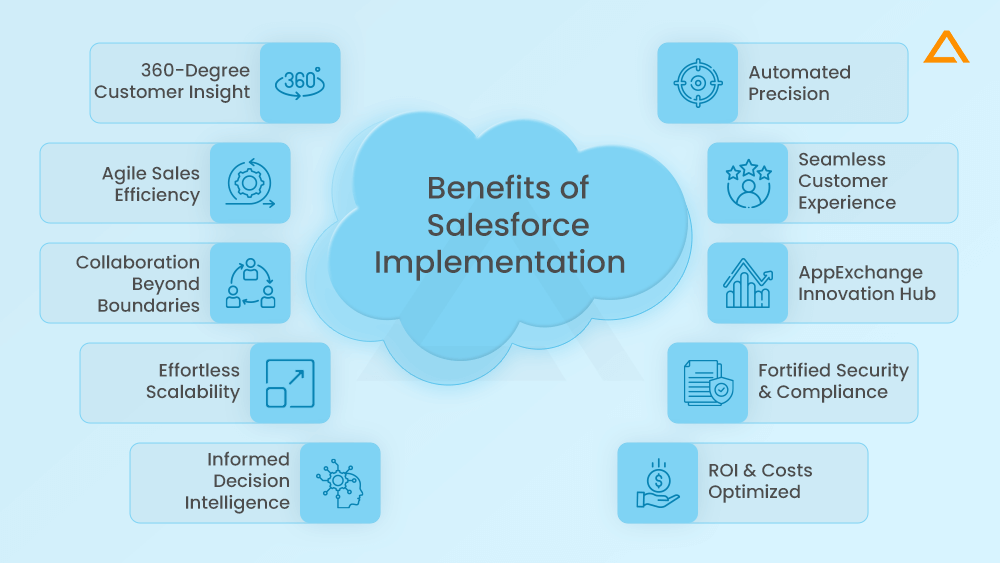
360-Degree Customer Insight
Seamlessly consolidate customer data for a comprehensive view, fostering targeted and personalized interactions.
Agile Sales Efficiency
Streamline sales workflows with agility, employing automation to empower sales teams and optimize deal closures.
Collaboration Beyond Boundaries
Break down team silos, encouraging seamless collaboration to enhance overall productivity and innovation.
Effortless Scalability
Embrace effortless scalability, allowing Salesforce to grow in tandem with your organizational aspirations.
Informed Decision Intelligence
Harness data analytics to drive informed decision-making, leveraging insights for strategic business advancements.
Automated Precision
Integrate automation into processes, freeing up valuable time for teams to focus on high-impact initiatives.
Seamless Customer Experience
Heighten customer service standards with timely and personalized support, building enduring customer relationships.
AppExchange Innovation Hub
Explore a diverse array of applications on AppExchange, tailoring Salesforce functionalities to your unique requirements.
Fortified Security and Compliance
Ensure robust data security and compliance, instilling trust in both customers and stakeholders.
ROI & Costs Optimized
Realize a substantial return on investment and streamline costs through efficient processes and resource utilization.
Challenges In Salesforce Implementation
Following are the challenges that you can face while implementing salesforce.
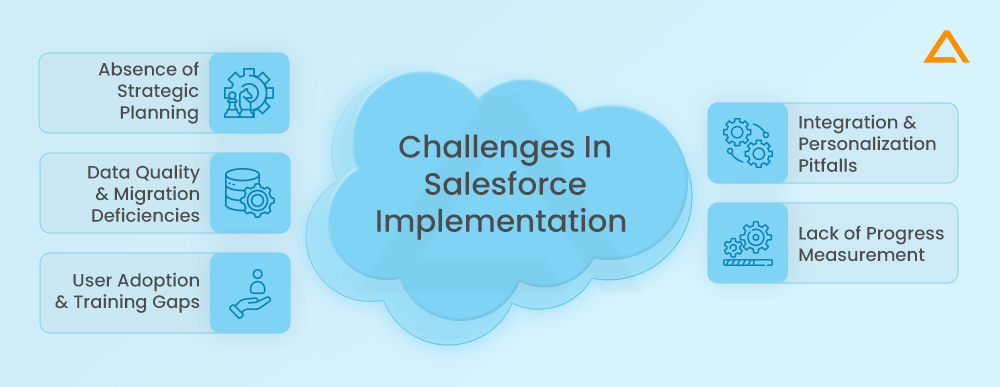
Absence of Strategic Planning
Addressing the impact of inadequate planning and strategy on Salesforce deployment.
Data Quality and Migration Deficiencies
Examining issues arising from poor data quality and challenges associated with data migration.
User Adoption and Training Gaps
Highlighting the consequences of insufficient user adoption and training efforts in Salesforce implementation.
Integration and Personalization Pitfalls
Discussing the consequences of improper integrations and the lack of personalized experiences within the Salesforce ecosystem.
Lack of Progress Measurement
Analyzing the ramifications of failing to effectively measure progress during Salesforce implementation.
How Long Does Salesforce Implementation Take?
The timeline for a Salesforce implementation can vary significantly depending on the size and complexity of the project. Here are some general guidelines on how long Salesforce implementations typically take:
- Small/simple implementation – 4-8 weeks
- Medium-sized implementation – 3-6 months
- Large/complex implementation – 6-12+ months
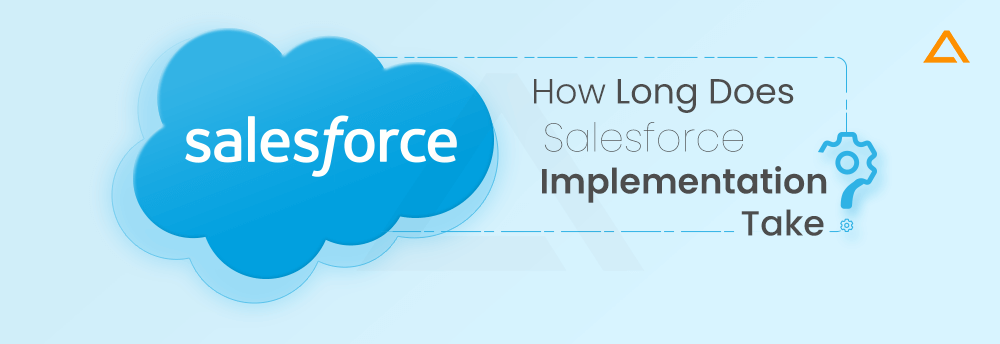
Factors that influence the timeline include:
- Number of users and teams involved
- Amount of required customization and integration
- Data volume and migration effort
- Breadth of functionality and features being deployed
- Level of testing and user training needed
- Organizational change management requirements
To estimate the timeframe for your specific Salesforce implementation, it’s important to develop a detailed project plan considering all the rollout requirements, resources, and phases. Most experts recommend allocating at least 3-4 months for a moderately complex Salesforce implementation. Very large global deployments with extensive customization can take 12 months or longer.
Keeping the project team, executive sponsors, and end users aware of the expected timeline and milestones is critical to maintaining alignment and completion of the rollout. Building in buffer for unexpected issues is also wise when planning the schedule.
With diligent planning and management, most organizations can successfully implement Salesforce in less than 6 months. However, it’s better to set realistic expectations on the timeframe required to do it right from the beginning. Rushing key phases like configuration, testing and training risks degrading user adoption and ROI from the investment.
Cost Of Salesforce Implementation Services?
Cost is one of the most important factors for salesforce implementation services. One of the questions that everyone has on their mind is how much does a salesforce implementation cost? Overall cost is the most crucial component of any salesforce implementation plan.

Forecasting the budget for Salesforce implementation can be intricate, with potential unforeseen costs. Avoid compromising on essential procedures during implementation; meticulously assess each element to ensure a thorough approach without overlooking crucial expenses.
The key cost factors in a Salesforce implementation:
- User Licenses – Per seat pricing based on number of named users requiring access. More user’s equal higher cost.
- Custom Builds – Expenses mainly stem from the degree of personalized configuration and integration needed. More customization drives up costs.
- Ongoing Support – Post go-live assistance for optimizing and enhancing Salesforce requires additional fees.
- Product Editions – Salesforce offers various products and editions at different price points that must be purchased separately.
- Consulting Fees – External consultants charge for planning, deploying, and managing the implementation project.
- Training – Educating end-users on adopting Salesforce adds training and materials costs. More users to train increases this expense.
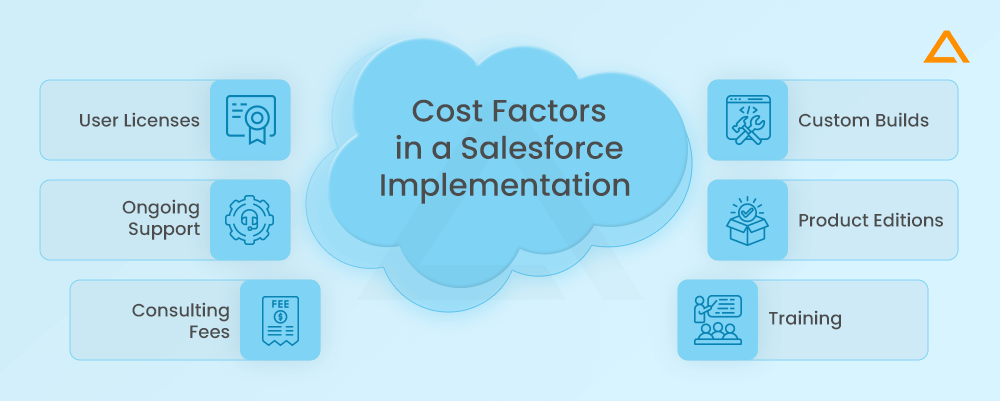
The overall salesforce implementation cost will depend on factors like number of users, customization complexity, products deployed, reliance on consultants, and training needs. Planning ahead and estimating salesforce implementation cost is key to securing budget.
Salesforce Implementation Best Practices
Planning for Salesforce implementation? or looking for hiring Salesforce implementation partner? Follow these smart tips! From careful planning to working with others, making data clean, and helping everyone get used to it. Follow these Salesforce Implementation Best Practices, to leverage the most of it.
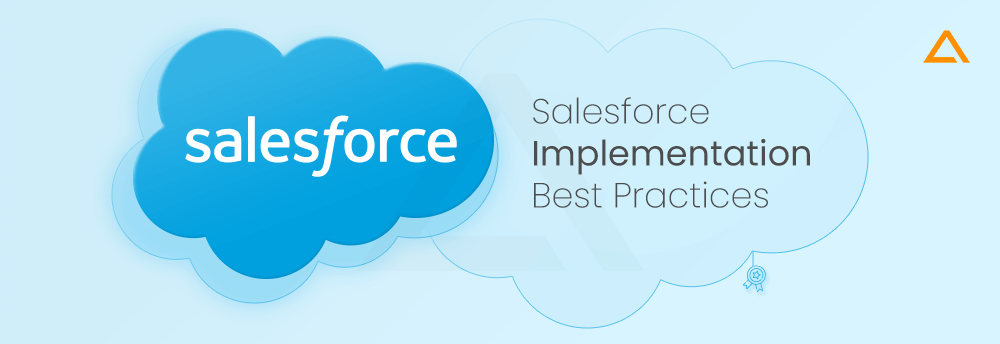
- Provide as specific as possible when defining your needs to avoid Salesforce implementations being unclear due to norms and certainties not matching up.
- Ask the user for confirmation as soon as possible; their assistance improves engagement and offers insightful information for ongoing development.
- Conduct regular sessions involving both the company and end users, ensuring complete participation at multiple levels throughout the process.
- Give sufficient amount of time to accurately test functionalities, exclusively aligning with intricates needs, as a crucial aspect of any development effort.
Wrapping Up!
By following the comprehensive salesforce implementation strategy in this guide – from diligent planning and configuration to role-based training and change management – you now have the roadmap to successfully transform customer engagement with Salesforce. With diligence across each phase, you can realize the full promise of sales productivity, customer experience and data-driven insights.
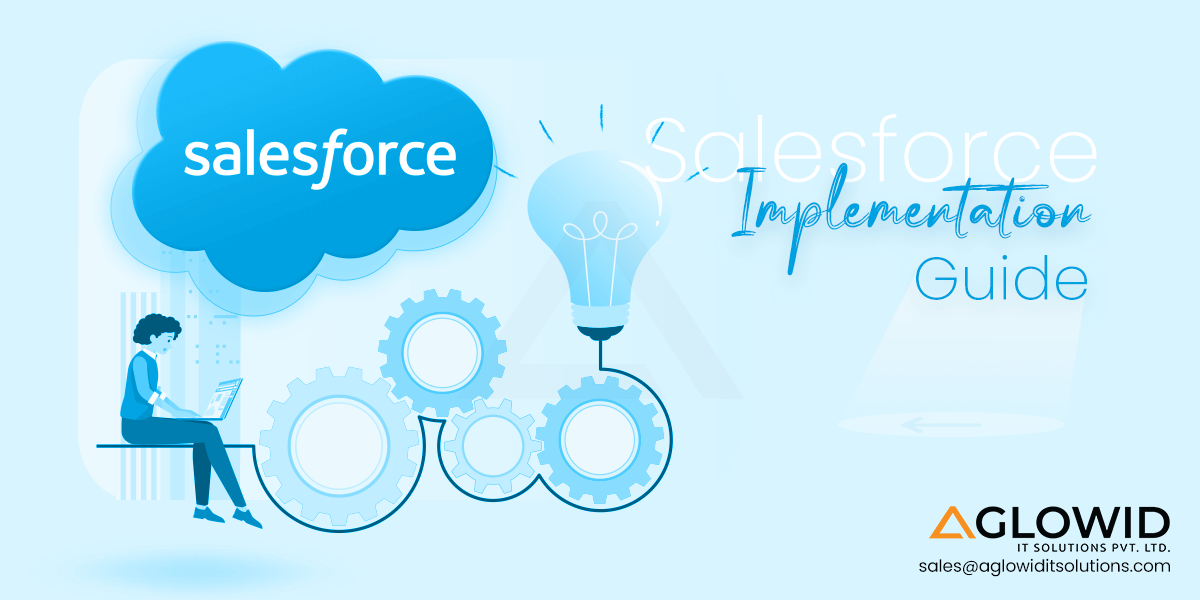

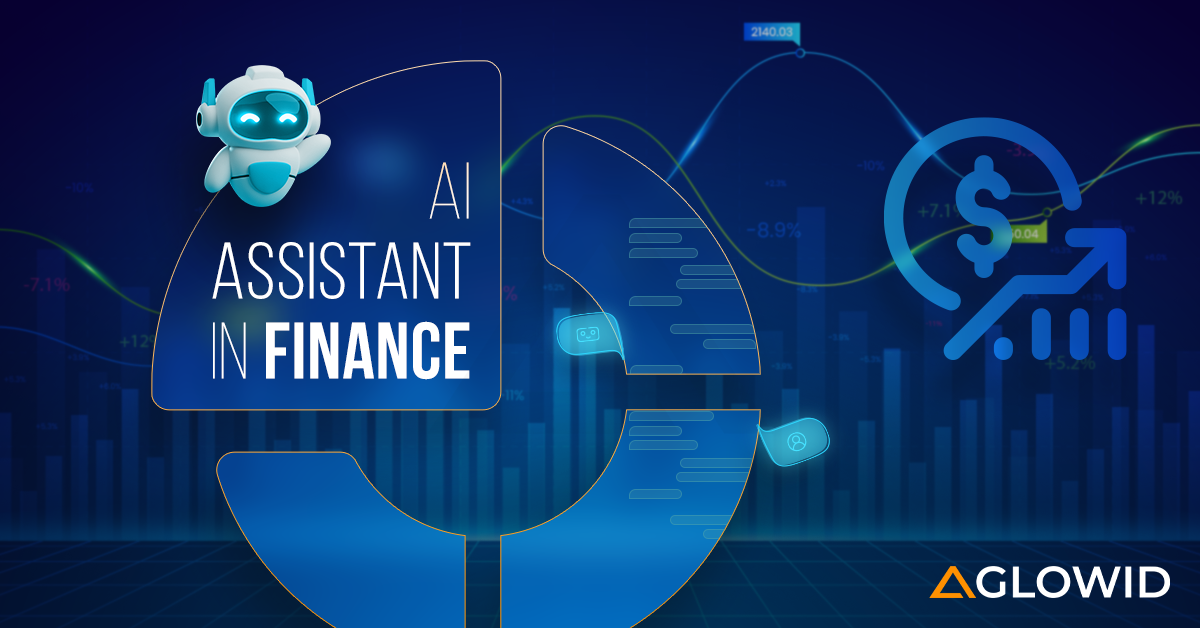


 Say
Say